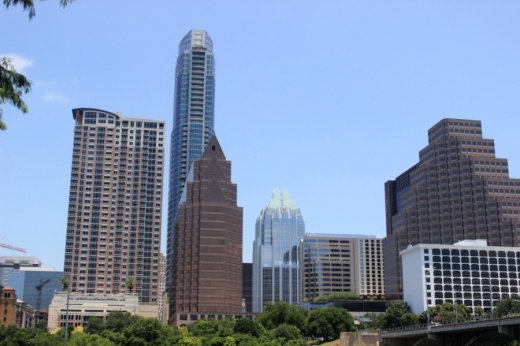According to the city, the convention center should open as a shelter Aug. 26, and the Circuit of The Americas will still be used as a rest site and reception area to those evacuees entering the Austin area.
“The goal for the convention center is we're looking at trying to establish a shelter capacity of approximately 135 shelter spaces in order to ensure that we stay consistent with the recommendations from [Federal Emergency Management Agency] and the [Centers for Disease Control and Prevention] as they relate to [COVID-19],” said Juan Ortiz, the Austin director of Homeland Security and Emergency Management, at an Aug. 26 news conference.
Those evacuating the hurricane can also drive north to shelters set up in the Dallas-Fort Worth area and Ellis County.
On Aug. 25, Austin and Travis County activated the Capital Area Shelter Hub Plan, and officials announced the area was preparing to provide shelter for 3,000 potential evacuees at local 15 hotels. By 5:30 a.m. on Aug. 26, the area—which partnered with Galveston and Galveston County to provide shelter for those required to evacuate the region—had reached capacity.
Ortiz said the city and county have already exceeded 3,000 evacuees served, who have been moved into 1,078 hotel rooms, and had to turn evacuees away earlier in the day.
That number has already exceeded what was seen during Hurricane Harvey in August 2017. That year, Austin and Travis County took in evacuees for about five weeks and saw 850 individuals served at one time during the event’s peak, said Bryce Bencivengo, Austin Homeland Security and Emergency Management spokesperson, on Aug. 25.
“Today we are a little bit over 3,000, and Hurricane Laura has not made landfall yet, so there may be an additional number of evacuees that we may need to be able to support, especially depending on where it makes landfall," Ortiz said.
In addition to the convention center conversion, the city is trying to identify additional hotels that may have available space to take in individuals in the future, Ortiz said.
Evacuees coming to Austin are also being screened for COVID-19, and if an individual shows symptoms, city staff will follow local protocols to isolate and test them, according to the city.





